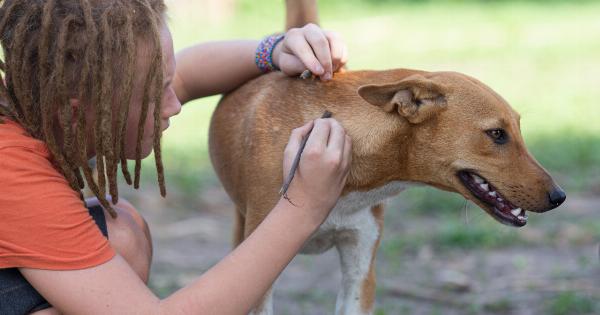Dogs are social creatures, and many people consider them a member of their family. However, like any other living creature, dogs have their own personality types, temperament, and behaviors.
Understanding your canine companion is an essential aspect of establishing a strong and harmonious relationship with them. In this guide, we’ll cover different types of canine temperaments, their behavioral traits, and how you can deal with them as a responsible pet owner.
Comfortable Dog
A Comfortable dog is known for being calm, relaxed, and affectionate. They comfortably interact with people without showing any signs of anxiety or fear.
If you own a comfortable dog, you’ll find them easy to train, and they can get along with other animals without displaying any aggression or dominant behavior. However, comfortable dogs can suffer separation anxiety if they’re left alone for extended periods.
Shy Dog
Shy dogs are known for being reserved, timid, and anxious around new people and surroundings. They can be fearful of most things, including humans, other animals, loud sounds, and unfamiliar environments.
It can take time for a shy dog to adjust to new changes in their surroundings, and they might need extra support and positive reinforcement to acquire confidence. As a responsible pet owner, it’s important to build trust with your shy dog by being patient, providing positive reinforcement, and socializing them to new experiences gradually.
Aggressive Dog
Aggression is a common behavior in some dogs, and it can manifest in different ways. Some aggressive dogs can show signs of aggression towards other animals, humans, objects, or even themselves.
Aggression in dogs can be caused by various factors, including genetics, early upbringing, inadequate socialization, medical conditions, and fear. As a pet owner, it’s important to identify the cause of aggression in your dog and work with professional dog trainers or veterinary behaviorists to develop the right treatment plan.
Do not engage in punishment-based methods to deal with aggression, as it can make the problem worse.
Separation Anxiety
Separation anxiety is a common behavior issue in dogs, especially in puppies and rescue dogs. Symptoms of separation anxiety include excess barking, crying, destructive behaviors, urinating or defecating indoors, and depression.
Separation anxiety in dogs can be caused by factors such as a change in routine, inadequate socialization, or previous experiences of abandonment. As a pet owner, you can address separation anxiety in your dog by providing them with a comfortable and safe environment, creating a consistent routine, and offering positive reinforcement when they cope well in your absence.
You can also consider seeking professional help from dog trainers or veterinarians.
Excessive Barking
Barking is a normal behavior in dogs and can be used to communicate different messages. However, excessive barking in dogs is a common behavior issue that can be annoying and frustrating to pet owners as well as their neighbors.
Excessive barking can be triggered by factors such as separation anxiety, boredom, fear, territorial behavior, or attention-seeking. As a pet owner, you can address excessive barking in your dog by identifying the trigger or cause, and then using systematic counter-conditioning and desensitization techniques to reduce your dog’s barking.
You can also use positive reinforcement and provide your dog with interactive toys to alleviate boredom.
Chewing and Destructive Behaviors
Chewing and destructive behaviors are common issues in dogs, especially in puppies or adolescent dogs. Chewing and destructive behaviors can also be triggered by factors such as boredom, anxiety, or lack of exercise.
As a pet owner, you can address chewing and destructive behavior in your dog by providing them with appropriate chew toys, exercising them regularly, and providing mental stimulation through interactive games. You can also use positive reinforcement to reward your dog when they show appropriate chewing behavior.
Hyperactivity
Hyperactivity is a common behavior in some dogs, and this can be challenging for pet owners to deal with. Symptoms of hyperactivity in dogs include excessive barking, jumping, running around, and restlessness.
Hyperactivity can be caused by factors such as a lack of exercise, inadequate mental stimulation, or anxiety. As a pet owner, you can address hyperactivity in your dog by providing them with sufficient exercise, mental stimulation, and positive reinforcement to encourage calm behavior.
Leash Pulling
Leash pulling is a common issue in dogs, and it can make walking your dog a frustrating and unpleasant experience. Leash pulling can be caused by factors such as excitement, anxiety, or a lack of leash training.
As a pet owner, you can address leash pulling in your dog by providing them with adequate leash training, avoiding punishment-based methods, and using positive reinforcement to encourage loose leash walking.
In Conclusion
Understanding your canine companion is an essential aspect of being a responsible pet owner. This guide has highlighted different canine temperaments, their behavioral traits, and how you can deal with them as a pet owner.
Remember that dogs are more than just pets and deserve a harmonious and loving relationship with their owners. Take the above tips on board, and you’ll be well on the way to creating and maintaining that great bond with your furry friend for a lifetime.





























